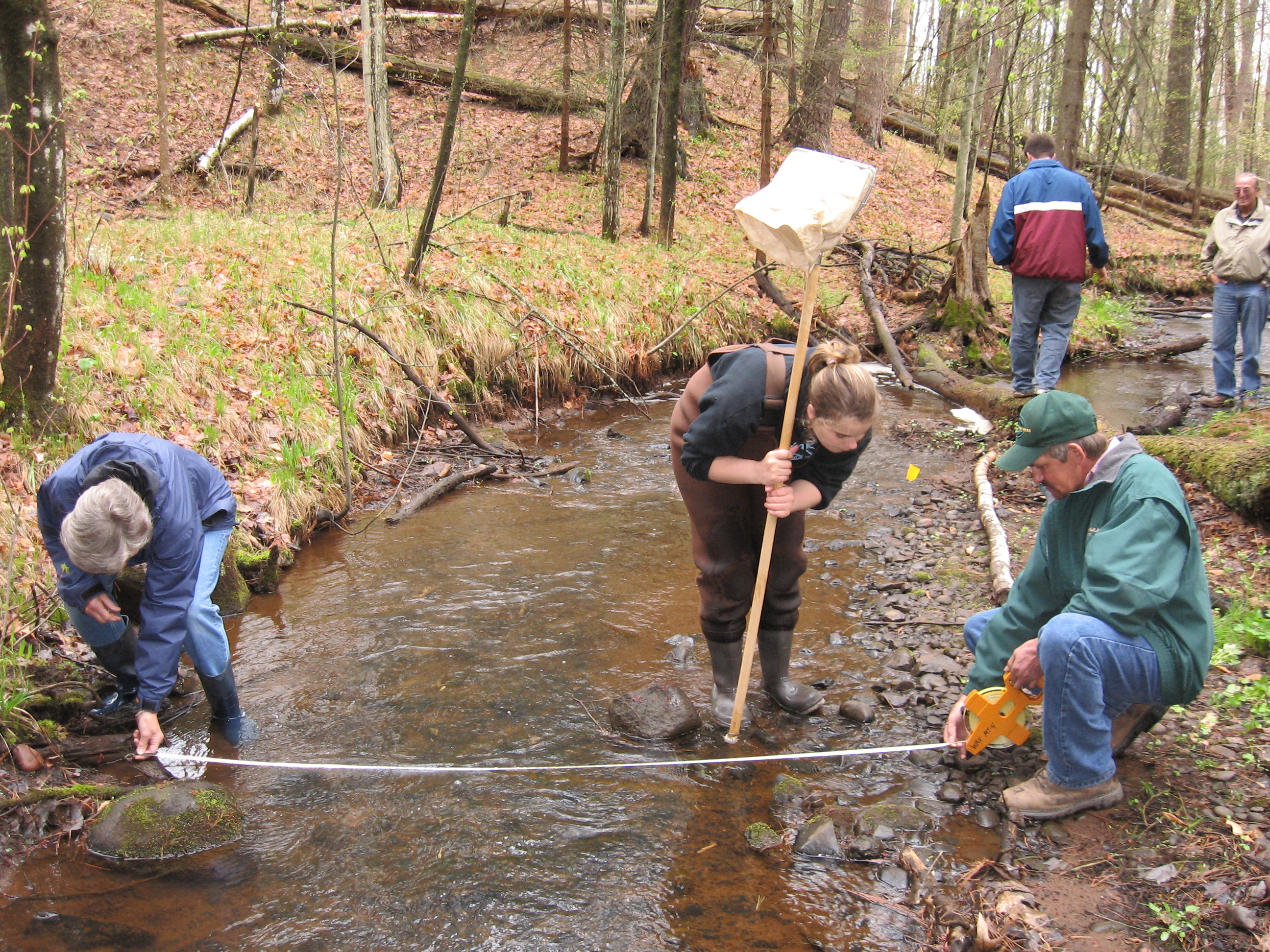How Citizen Science Programs Can Better Impact Natural Resource Management and Policy
May. 9th 2019Citizen science programs engage members of the public in scientific research. These programs help scientists with limited resources by having citizens collect and analyze data. Volunteer water monitoring programs are some of the most popular citizen science programs centered on a single resource. One example of a volunteer water monitoring program is the Vermont Lay Monitoring Program (LMP), which trains and equips volunteers to sample lake water quality from their own boats.
Researchers have reviewed citizen science and volunteer monitoring programs and characterized the outcomes from these programs and their potential impacts on natural resource management. However, traits of volunteer environmental monitoring and citizen science programs have not been studied as catalysts for outcomes in a quantitative way.
More recently, researchers Kristine Stepenuck from the University of Vermont and Kenneth Genskow from the University of Wisconsin-Madison addressed this gap by analyzing statistical relationships between key volunteer water monitoring program traits and recorded impacts on natural resource policy and management. Examples of program traits include program age, size of the program, size of the program budget and budget sources. Overall, findings showed that several traits are significantly related to impacts on natural resource policy and management. The two most influential traits found by this study were budget and addressing an environmental crisis.
Researchers surveyed 345 volunteer water monitoring program coordinators in the United States. The survey consisted of questions on program traits and questions related to impacts from the programs on natural resource policy and management. Based on the survey, some common objectives of the programs were to involve community members and educate the public.
While several of the traits of water monitoring programs were related to impacts on natural resource management and policy, there were some clear differences. For instance, the study found a clear difference in policy outcomes between school-based water monitoring programs and those responding to a perceived environmental crisis. This is important because many critics of citizen science programs have stated that their primary role is to provide environmental education, which hinders citizen scientists’ ability to have their data considered credible and worthy of being used in decision-making.
This study further reinforces water monitoring program impacts on policy with findings that show programs that go beyond environmental education purposes can provide a greater impact on policy and management. Specifically, results from the research support the idea that volunteer water monitoring groups working to address a specific environmental crisis can be positioned to influence key decisions.
This study also found that the budget for water monitoring programs was a significant factor in impacting management and policy outcomes, with increased resources improving public services. Well-funded programs can support more volunteers, more samples can be collected and analyzed, and more effort can be supported for sharing findings.
Overall, this research provides insight into the different factors that new and existing citizen science and volunteer monitoring programs (like the Vermont LMP) can use to help them with program direction and to better achieve their goals.
 ecoNEWS VT
ecoNEWS VT